The cattle egret, which originates from Africa, the western Mediterranean, and sub-tropical Asia, has spread naturally over the past century to new areas. It first arrived in South America in the late 1800s and made its way to North America in the early 1950s. Australia saw its first migrants in 1940, while New Zealand only established a population of egrets as recently as 1960.
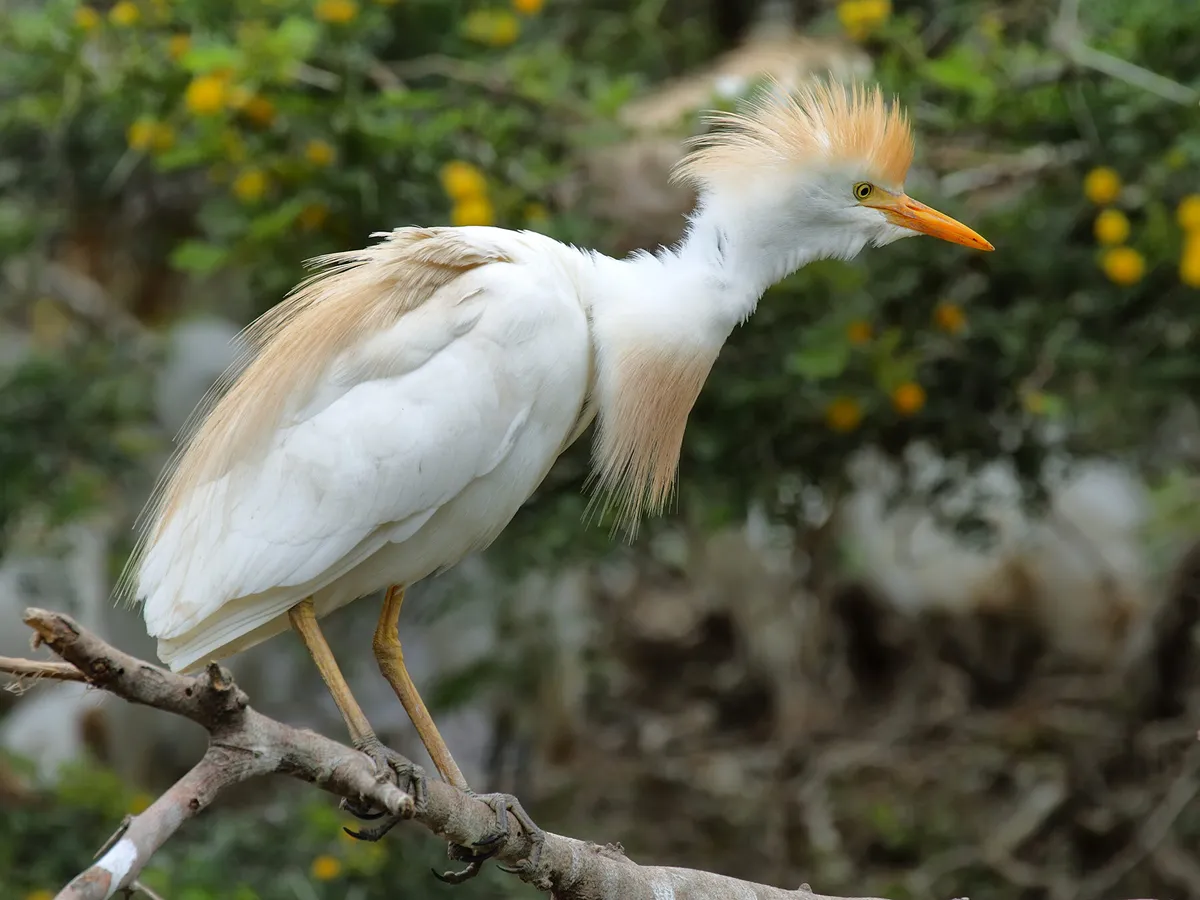
The Cattle Egret is a stout bird with a thicker neck compared to other Egret species. It is smaller than the Little Egret and half the size of the Great White Egret. Adult birds are usually white with a yellow bill and yellowish grey legs, but during breeding season, the nominate sub-species Bubulcus ibis ibis (also known as Cattle Egret Western) has buff-colored crowns, chests, and backs consisting of longer feathers and plumes. Their medium-sized bills, legs, and eyes turn red briefly before pairing. Both male and female adult birds are alike, although males are generally a little larger. Juvenile birds look like adults in their winter plumage, but their bills are black instead of yellow. The Cattle Egret (Eastern sub-species Bubulcus ibis coromandus) in winter plumage looks similar to the nominate sub-species, but during breeding season, the buff-colored areas are extended to include the cheeks and throat, with the coloration changing from light buff to much darker buff and gold, and the feathers and plumes of the non-white areas appearing longer and thicker. Juvenile birds of the eastern variant resemble the nominate sub-species.
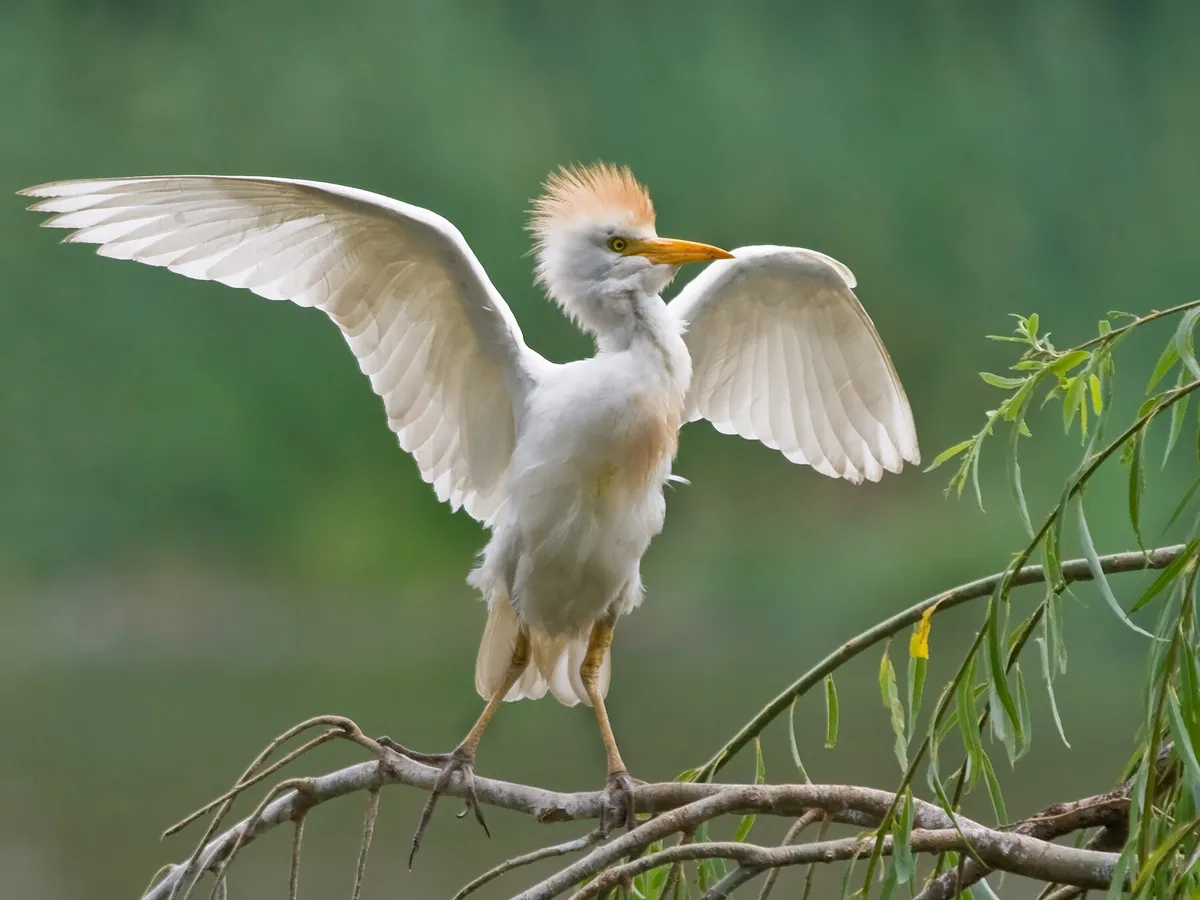
Have you ever wondered what a Cattle Egret sounds like? Well, for the most part, this bird species tends to be silent. However, during the breeding season, they may let out short croaking sounds that resemble “rik-rak, rik-rak” when around their colony. So if you happen to come across these birds during their mating season, listen closely and you may just hear their unique vocalizations.
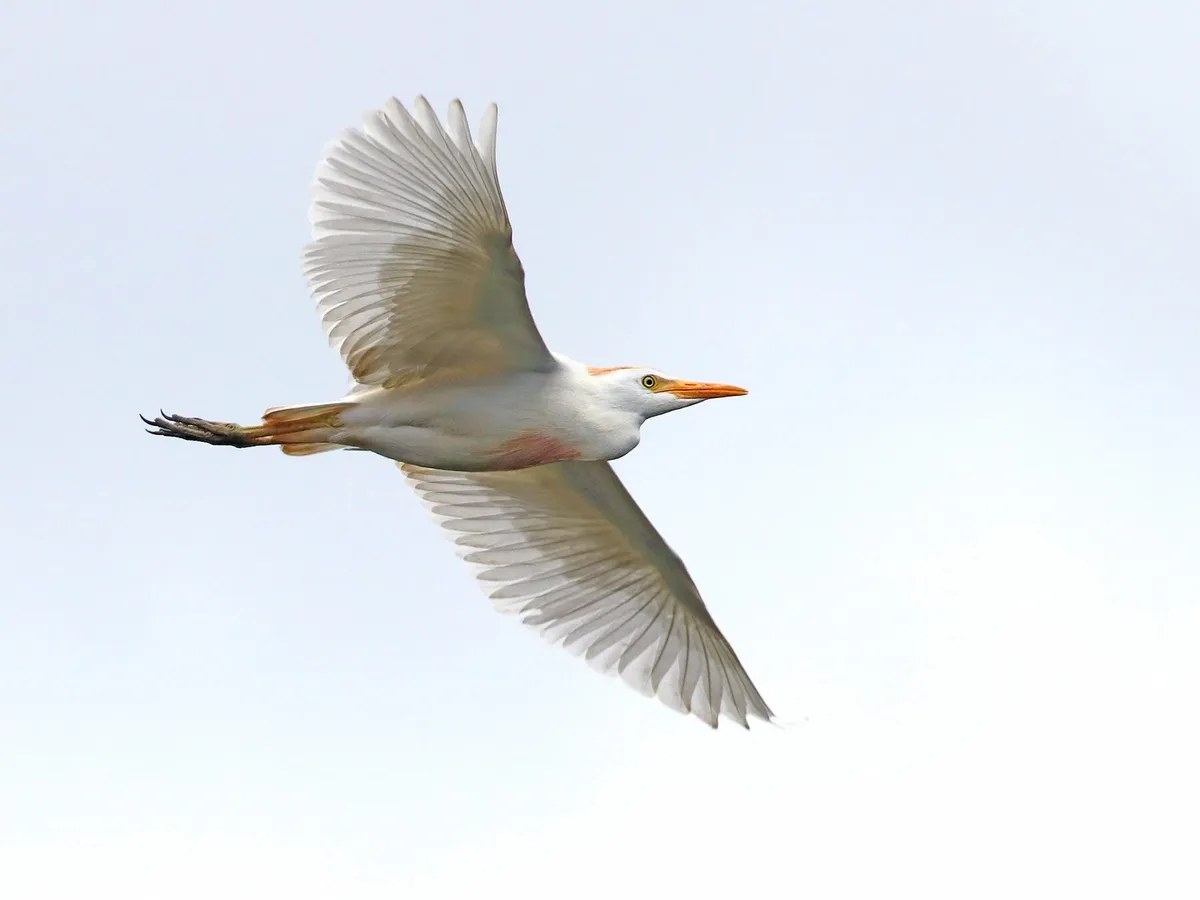
The Cattle Egret is a bird that is commonly seen flying around large mammals, such as cattle. These birds can often be found foraging on the ground for insects that are disturbed by the movements of these animals as they graze. Additionally, they will also take flies and ticks directly off the animals’ bodies, which is beneficial for both parties. The Cattle Egret’s diet is diverse, consisting of various insects such as flies, grasshoppers, crickets, beetles, and moths. They also eat spiders, lizards, frogs, and worms. These birds are not picky eaters, and will even scavenge for scraps around areas where humans live and work.
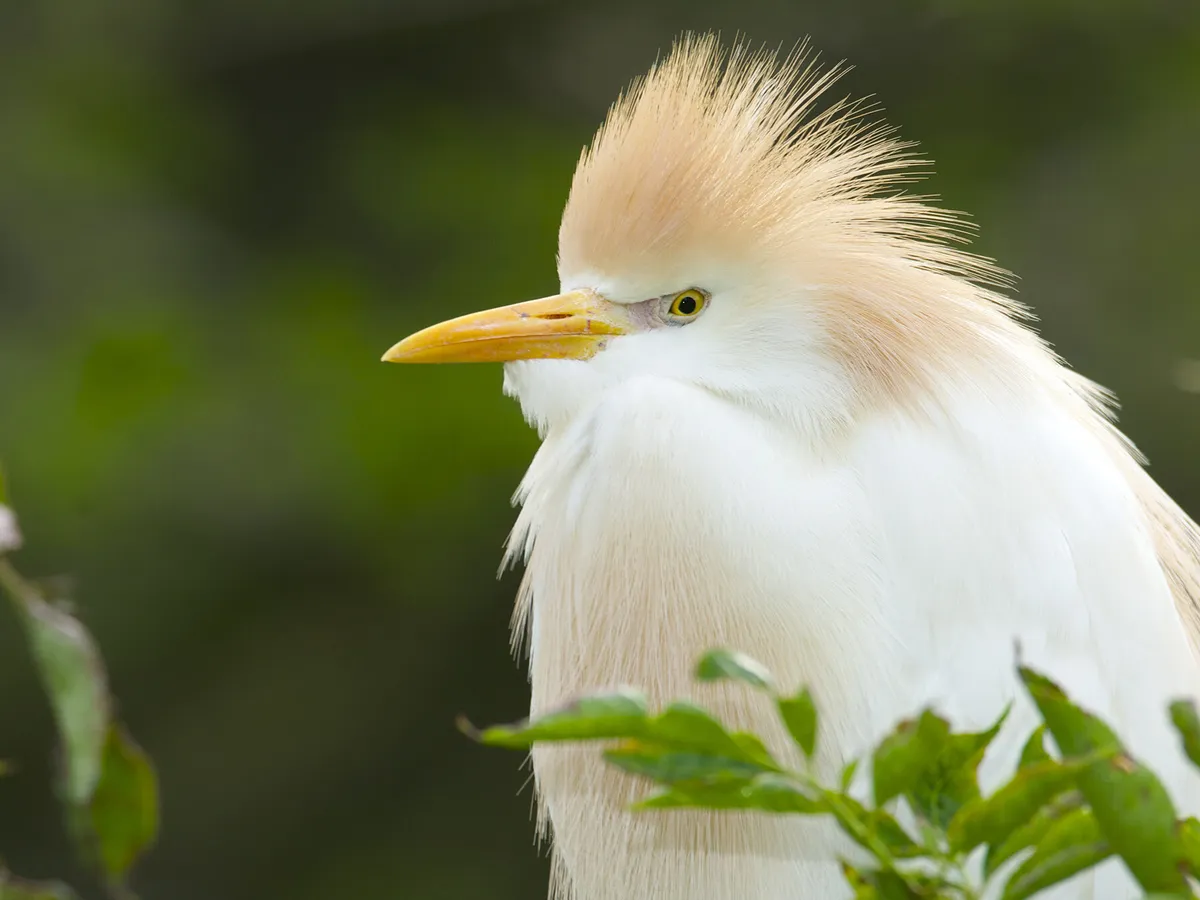
A Closer Look at the Western Cattle Egret
When it comes to the Western Cattle Egret, there is a bit of a debate among ornithologists regarding its sub-species status. While some argue that the Western and Eastern varieties should be classified as two separate species due to their different habitats and physical characteristics, most agree that they belong to the same Bubulcus ibis species. However, things get a bit more complicated with a third sub-species known as Bubulcus ibis seychellarum which resides in the Seychelles archipelago. Although smaller than the Western Cattle Egret, it is generally accepted as part of the same sub-species (Bubulcus ibis ibis) until further research determines otherwise.
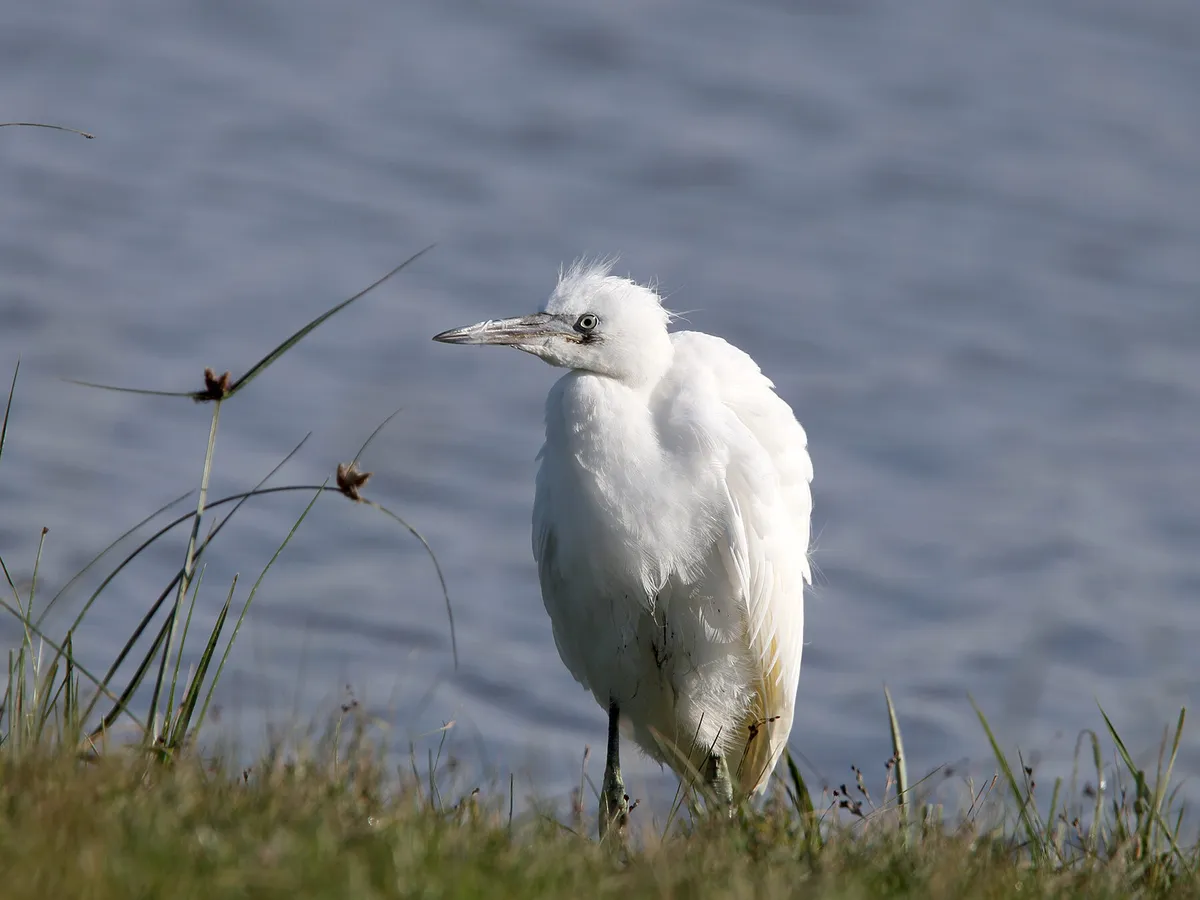
The young Cattle Egret is commonly found in various countries such as sub-Saharan and north Africa, Turkey, western European nations bordering the Mediterranean, North and South America. In most of its habitat range, the cattle egret prefers to inhabit year-round; however, those from Canada and more northern US states migrate during the winter season. Meanwhile, they are stationary in Florida, Texas, California, and Louisiana. On the other hand, the Eastern cattle egret is present in South and Southeast Asia, including the Indian sub-continent, Southern China and Japan, North and Eastern Australia, and New Zealand.
The Cattle Egret is a commonly spotted bird that can be found in groups near grazing cattle and trees in dry grassland and savannah. They have a distinct hunched appearance and move their heads in unison as they walk. Compared to other egrets, their bill and legs are smaller and they don’t usually gather or feed near water despite nesting nearby.
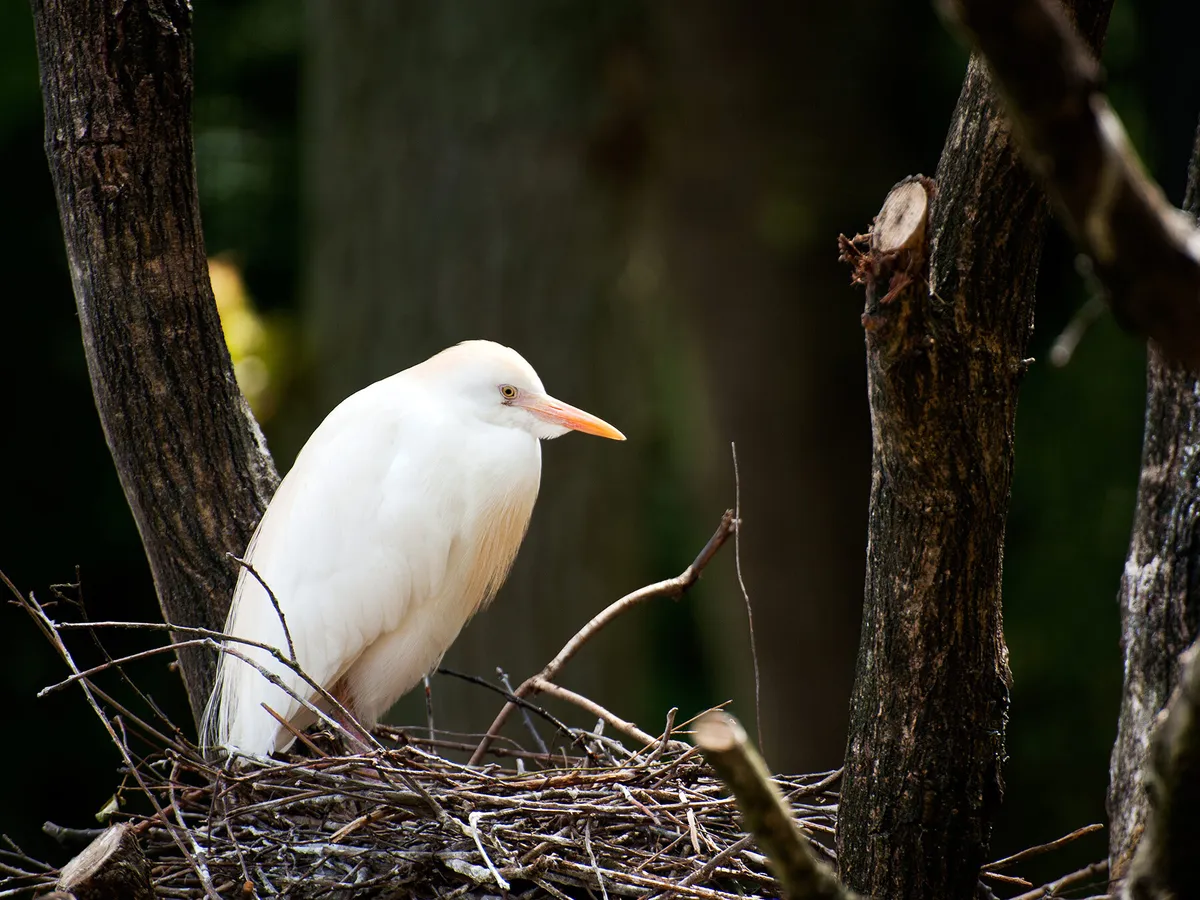
The Cattle Egret is known to breed in large groups or colonies, often in trees and bushes near bodies of water or reed beds. During breeding season, the male selects the nest site and with the help of the female, constructs the nest. Breeding time varies depending on location and climate, but typically takes place between April and June in the northern hemisphere and November to January in Australia and New Zealand. The average brood consists of 4 or 5 pale blue eggs, which are incubated by both parents for 24 days, with the young leaving the nest about a month later. In Hawaii and the Indian subcontinent, it is not uncommon for the Cattle Egret to produce two broods annually.
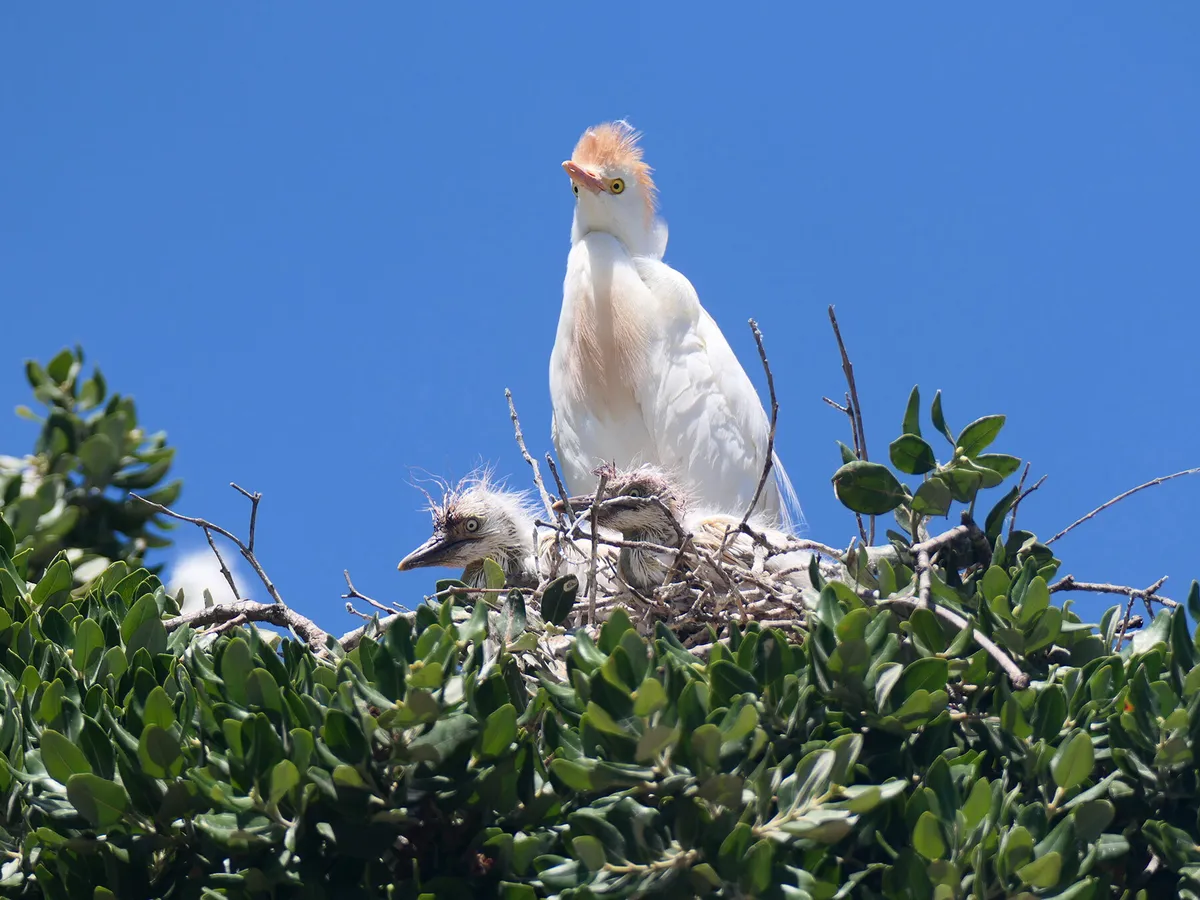
Have you ever wondered about the lifespan of Cattle Egrets? On average, these birds can live up to ten years. However, there have been cases where ringed birds have lived much longer than that.



